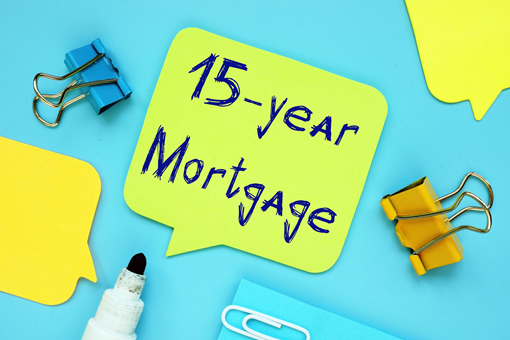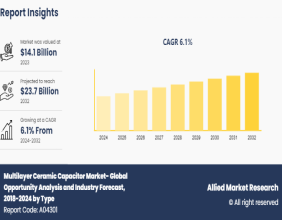Summary
- Interest rates on mortgages loan are ranged from 8.15% to 11.80% per annum.
- In the long run, a 15-year term mortgage is less expensive than a 30-year mortgage since the overall interest payments are lower.
- With a 30-year mortgage, you have more flexibility.
A mortgage loan is a secured loan that allows you to borrow money by pledging your asset as collateral to the lender. A mortgage is a loan secured by an immovable asset, such as a home or commercial property. Until the borrower repays the entire loan amount, the lender maintains the asset as collateral.
Interest rates on mortgages loan range from 8.15% to 11.80% per annum, and the amount of funding one can get is 60% of the property's registered value. Some banks offer up to Rs 10 crore of the mortgage loan.
(https://www.bankbazaar.com/mortgage-loan.html)

Source: © Cammeraydave | Megapixl.com
What is the tenure of a Mortgage Loan?
There can be 15-, 20- or even 30-year term loan. But mostly, people opt for a 15-year term to get a mortgage loan. This is because of many reasons given below:
1- Less Interest
In the long run, a 15-year mortgage is less expensive than a 30-year mortgage since the overall interest payments are lower. The cost of a mortgage is determined by using an annual interest rate, and because you are borrowing money for half as long, the total interest paid will likely be half of what you would spent, had you taken out a 30-year loan.
2- Lower Interest Rate
A 15-year mortgage often has a lower interest rate since short-term loans are less risky and less expensive for banks to fund than long-term loans. As a result, the rate might be anything from a quarter to a whole percent lower than a 30-year loan.
3- FNMA
You will likely pay less in fee for a 15-year loan if your mortgage is owned by one of the government-sponsored firms, such as Fannie Mae/FNMA (Federal National Mortgage Association (FNMA). This is because Fannie Mae and other government-sponsored firms impose loan-level price adjustments, which generally apply only to 30-year mortgages.
4- Compelled Savings
Financial advisors believe a 15-year mortgage to be a sort of forced savings because the monthly payment is larger. In other words, instead of investing the monthly savings from a 30-year in a money market account or the stock market, you would be putting it in your home, which is expected to rise in value over the time.
Why do real estate investors not take a 15-year mortgage?
These mortgages usually have a fixed rate, which means that the principal and interest rates will remain the same for the loan duration. Taxes and insurance premiums, on the other hand, are subject to change. Although there are many benefits with a 15-year loan-term but real estate investors still do not use that due to many reasons like:

Source: © Rummess | Megapixl.com
1- Higher monthly payments: Because the loan must be paid off in half time, a 15-year mortgage has a larger monthly payment than a 30-year mortgage. A 15-year loan for $250,000 at 4% interest has a monthly payment of $1,849 compared to $1,194 for a 30-year loan. In other words, for the same amount at the same rate, the 15-year monthly payment is 55% greater than the 30-year monthly payment.
2- Affordability: Because of the larger payment, the buyer may be limited to a smaller home than they might afford with a 30-year loan. Let us imagine the mortgage lender will only sanction a maximum of $1,500 per month in our case. So, the borrower would have to buy a less expensive home—a $200,000 mortgage at 4% for 15 years equals $1,479 in payments.
3- Opportunity cost: Using more money for monthly mortgage payments means less money is available for other investments, such as home upgrades or taking advantage of an employer's matching retirement contribution.
4- Flexibility: With a 30-year mortgage, you have more options. You can pay twice as much per month as if it were a 15-year loan, with the additional going toward principal reduction. When finances are tight, though, you can return to the reduced 30-year payment.





